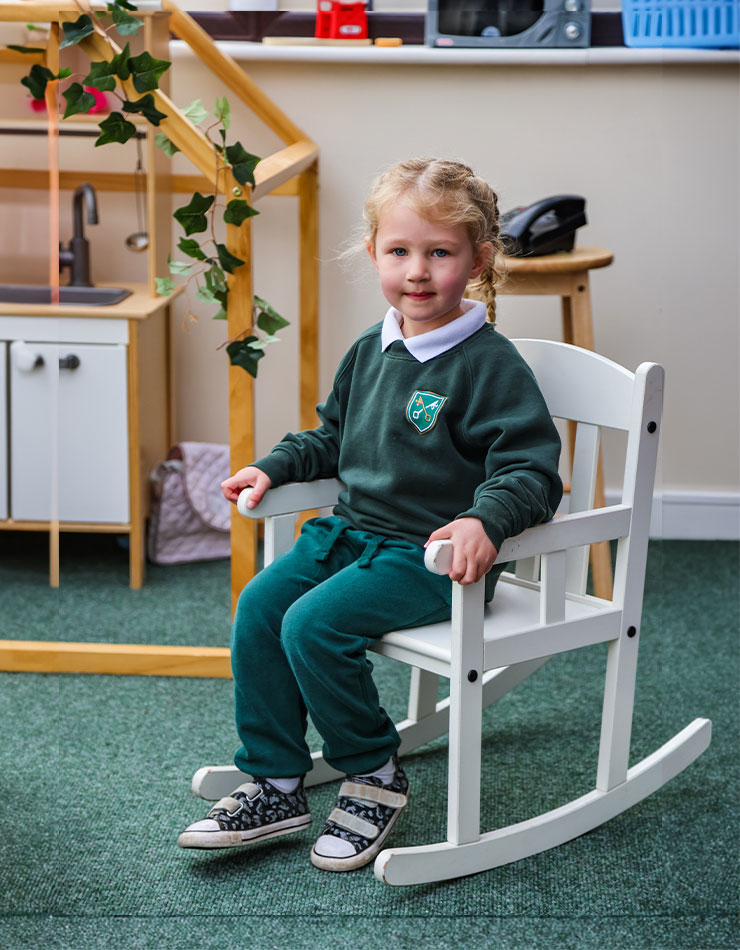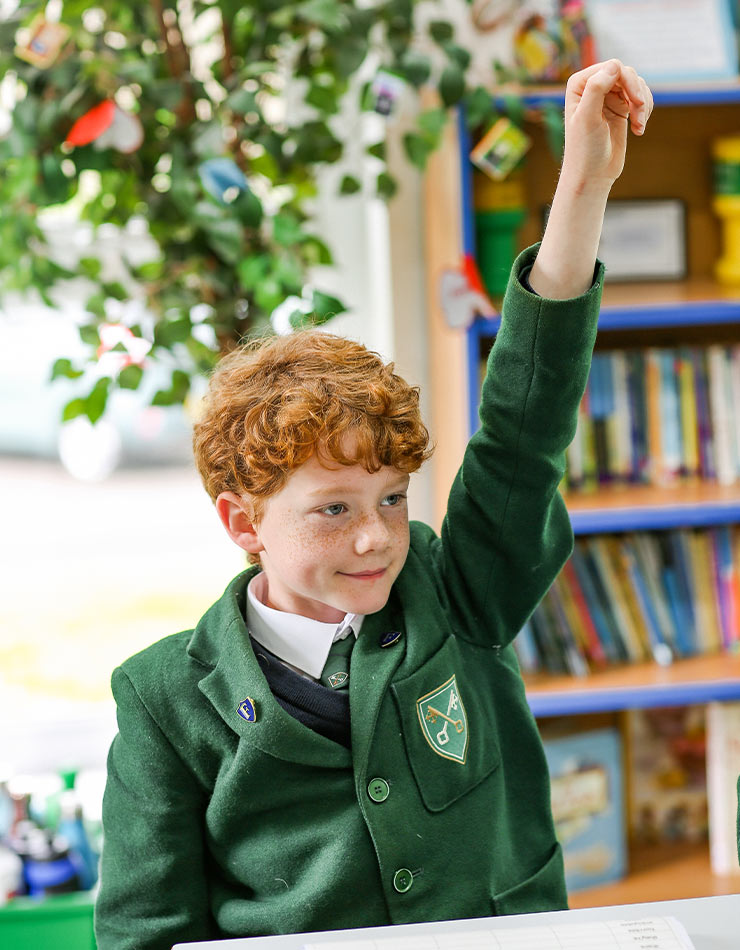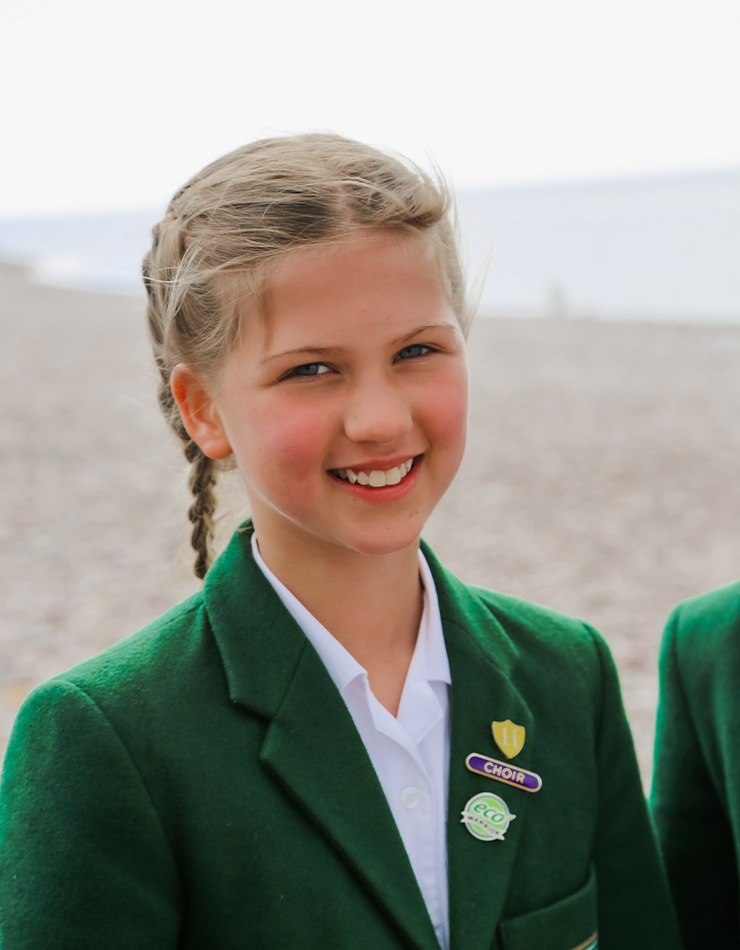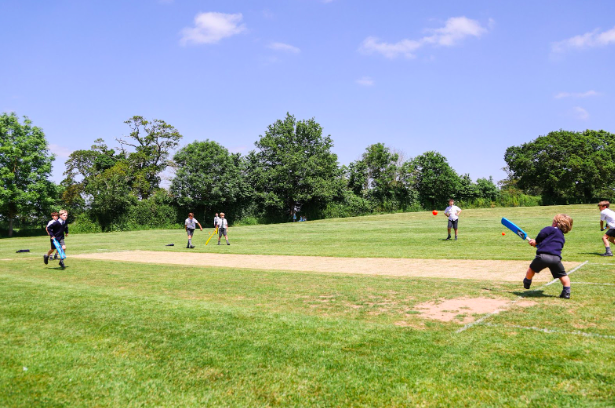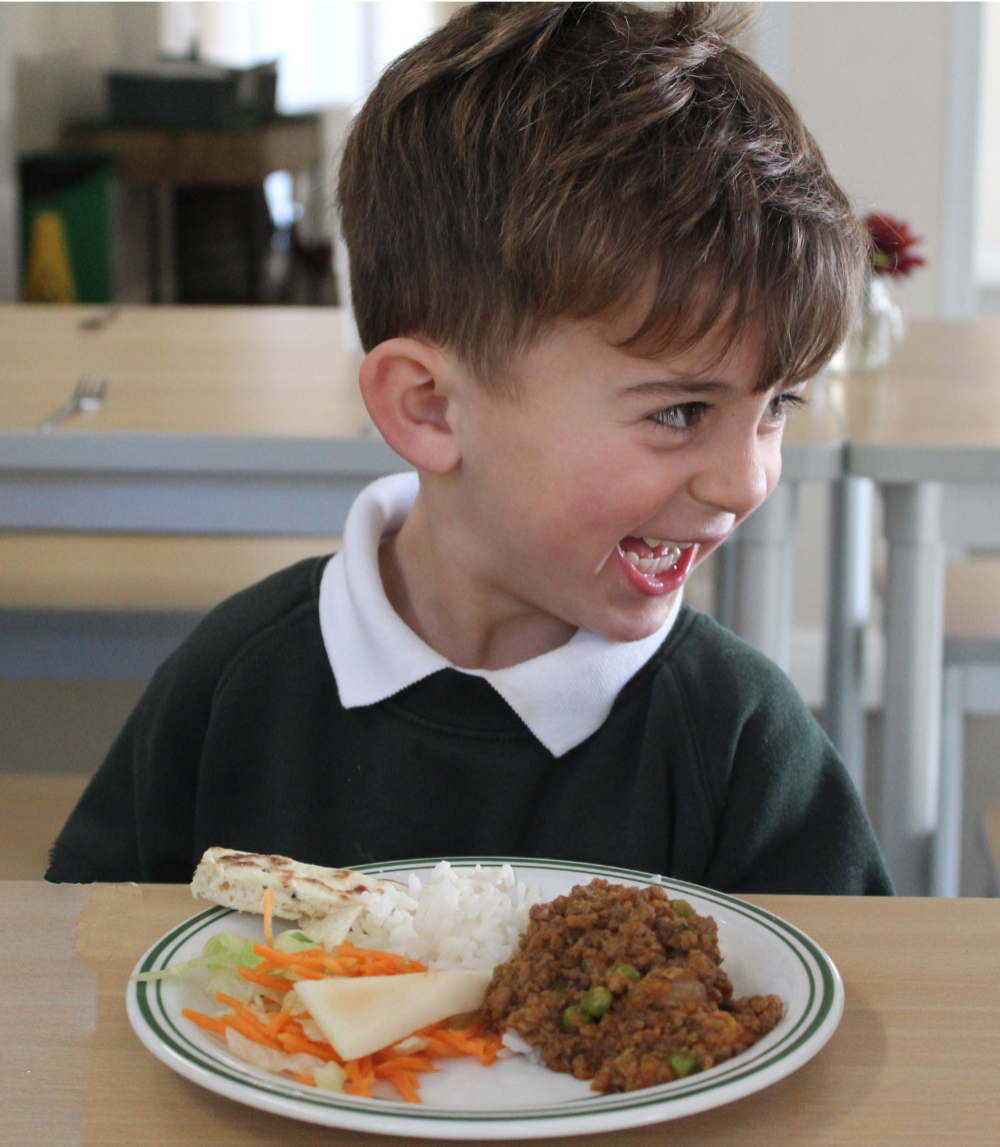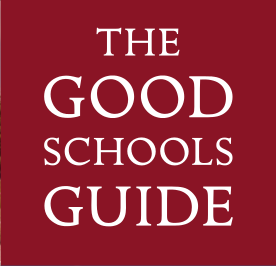I started my teacher training in 1996 and completed it in 2001, taking on my new class of Year 6 pupils in September 2001.
I thought myself to be quite the Yr 6 SATs specialist within the school in which I started my career. My real buzz came from working with my Year 6 ‘booster classes’ during and after school – aiming to get them ready for the BIG tests at the end of the year.
This Wednesday, umpiring Yr 6 Girls Cricket whilst basking in sunshine and surrounded by the stunning views of Mount Kelly, Tavistock, I suddenly remembered that all maintained school Yr 6 pupils across the country were sitting their Maths SATs Papers that day. I have a memory for dates and I recalled this year’s SATs timetable and compared it to the week that I knew our Yr 6 children were having:
Beginning with spelling, punctuation and grammar (Spag) tests on Monday 13 May.
The reading tests on Tuesday 14 May.
Mathematics papers 1 and 2 taken on Wednesday 15 May.
Mathematics paper 3 taken on Thursday 16 May.
And that there were no science sampling tests in 2019.
For your information, SATs stands for “Standardised Assessment Tests”. They are national tests that children in maintained schools across the country sit at the same time. At Key Stage 1, children are assessed in English, mathematics and science, while Key Stage 2 are assessed in English and mathematics.
At St Peter’s Preparatory School, the children do not sit SATs – we choose to use our own assessment procedures. These are summarised in a previous article named: Teaching & Learning: To Assess Or Not To Assess?
At KS1 pupils will sit six papers: one grammar and punctuation paper, one spelling paper, two reading papers, and two mathematics papers.
At KS2 pupils will sit six papers: one grammar and punctuation paper, one spelling paper, one reading paper, and three mathematics papers.
Needless to say this time of year in the maintained sector was always full of frantic, hopeful staff wishing the pupils good luck.
The problem is … I am old in the tooth now.
I am prep school crazy. A convert if you will.
I am, therefore, ‘out of touch’ to some degree with the maintained sector in 2019.
So I asked one of our newest editions to the staff team to comment on his observations and thoughts about the brave (sometimes frowned upon) leap from the maintained sector to a school like St Peter’s.
What is he finding are the similarities?
What is he finding are the differences?
And what was his thinking about those blooming SATs papers?
Mr Paul Godwin-Brown over to you…
Lucy Ball, Deputy Head Teaching and Learning.
 Having moved from the maintained sector to join St Peter’s, here are my very personal thoughts on the differences between the two education systems. Debates on the positives and negatives have ebbed and flowed for many years and entrenched views and thoughts which ensure that discussions quickly descend into a Brexitesque swirl of arguments.
Having moved from the maintained sector to join St Peter’s, here are my very personal thoughts on the differences between the two education systems. Debates on the positives and negatives have ebbed and flowed for many years and entrenched views and thoughts which ensure that discussions quickly descend into a Brexitesque swirl of arguments.
Cards on the table, I am the product of both prep and public schools but prior to starting at St Peter’s, I had only ever taught in the maintained sector, both in London and Torquay.
So, maintained and private schools – are they chalk and cheese? The first point to make is that there is much to celebrate in state education. The training is frequently excellent, the work can be very rewarding and as a teacher, you know that you are absolutely making a difference. By the time I left maintained education, however, I was a teacher that had gradually been forced into a world obsessed with paperwork, form filling and box ticking; ensuring that the paper trail was in place should anything ‘go wrong’- and more importantly, a world that had increasingly lost sight of the Child. Ofsted was channeling schools down an ever-narrowing route of reduced timetable choices as schools tried to cope with an expanded English and Maths curriculum and reduced funds. Increasingly, as schools were required to assume more social and parental responsibilities the curriculum was stretched to breaking point. This Ofsted focus, while critical to achieving rankings in the schools’ league table, meant that inevitably teachers’ and children’s horizons dimmed and even slowly diminished.
 Moving to St Peter’s has been a revelation. The school happily bears no relation to either my boarding prep school or to the state counterparts that I experienced. There is still paperwork to be completed and the boxes to tick, but at an appropriate level and with a system of checks and balances, and there the similarities stop. I have realised that for the last three years in maintained sector education I had largely stopped teaching. Yes, I stood at the front of the class, but an uncomfortable amount of time was spent on ‘crowd control’. Thirty children plus with an ever-widening range of abilities meant that there was little room for flair or excitement. Lessons, stripped back to the essentials, followed a strict routine imposed in order to keep the class manageable and on track. At St Peter’s, suddenly I was teaching again; smaller classes and delivering a truly broad and balanced curriculum. Here I am trusted to do my job and to do it well. Now I am being encouraged to actively manage the curriculum where needed, to focus on the child who sits at the centre of their own learning. I am permitted to inspire them and to develop their own passions for learning, in the knowledge that, with that, everything else falls into place.
Moving to St Peter’s has been a revelation. The school happily bears no relation to either my boarding prep school or to the state counterparts that I experienced. There is still paperwork to be completed and the boxes to tick, but at an appropriate level and with a system of checks and balances, and there the similarities stop. I have realised that for the last three years in maintained sector education I had largely stopped teaching. Yes, I stood at the front of the class, but an uncomfortable amount of time was spent on ‘crowd control’. Thirty children plus with an ever-widening range of abilities meant that there was little room for flair or excitement. Lessons, stripped back to the essentials, followed a strict routine imposed in order to keep the class manageable and on track. At St Peter’s, suddenly I was teaching again; smaller classes and delivering a truly broad and balanced curriculum. Here I am trusted to do my job and to do it well. Now I am being encouraged to actively manage the curriculum where needed, to focus on the child who sits at the centre of their own learning. I am permitted to inspire them and to develop their own passions for learning, in the knowledge that, with that, everything else falls into place.
‘Education is a shared commitment between dedicated teachers, motivated students and enthusiastic parents with high expectations’.
The use of specialist teachers means that I no longer find myself teaching subjects such as languages – subjects that I tried to deliver well, but ultimately lacked the depth of knowledge and confidence to really ‘light the blue touch paper’. My French retake tells its own story. Yet at St Peter’s, languages are not a box-ticking afterthought on the timetable, here they are cherished, valued and delivered by fabulous teachers, who can inspire and ‘light the blue touch paper’.
 Comparing the sports and music provision is sobering. At my previous school, there were 30 minutes of music a week, time that was frequently appropriated by Maths or English. There was no choir, there were no specialist teachers, there was no celebration of music. Sports had shrunk to one lesson a week and a maximum of six football fixtures across the whole year; obesity was a problem for at least 40% of the children.
Comparing the sports and music provision is sobering. At my previous school, there were 30 minutes of music a week, time that was frequently appropriated by Maths or English. There was no choir, there were no specialist teachers, there was no celebration of music. Sports had shrunk to one lesson a week and a maximum of six football fixtures across the whole year; obesity was a problem for at least 40% of the children.

At St Peter’s, the children’s horizons are broadened and rich opportunities provided, with teaching staff who are motivated, specialists in their subject areas, well led and well supported, both by parents and the school. The private system has the considerable advantage of being able to keep the focus on each and every child and not become distracted by the burdens of bureaucracy, the pressure to meet arbitrary targets and the need to cope with ever bigger class sizes. The state system it appears is in defensive mode, always looking over its shoulder and not on the front foot. Schools don’t have the confidence to lead their teachers or their children to excellence, they have to settle for doing the best they can. This is a challenging problem which better minds than mine have failed to solve. In the meantime, I am grateful for the opportunity that St Peter’s gives me to be the teacher I always aimed to be.
Definitely chalk and cheese.
Paul Godwin-Brown.
Yr 4 tutor.

